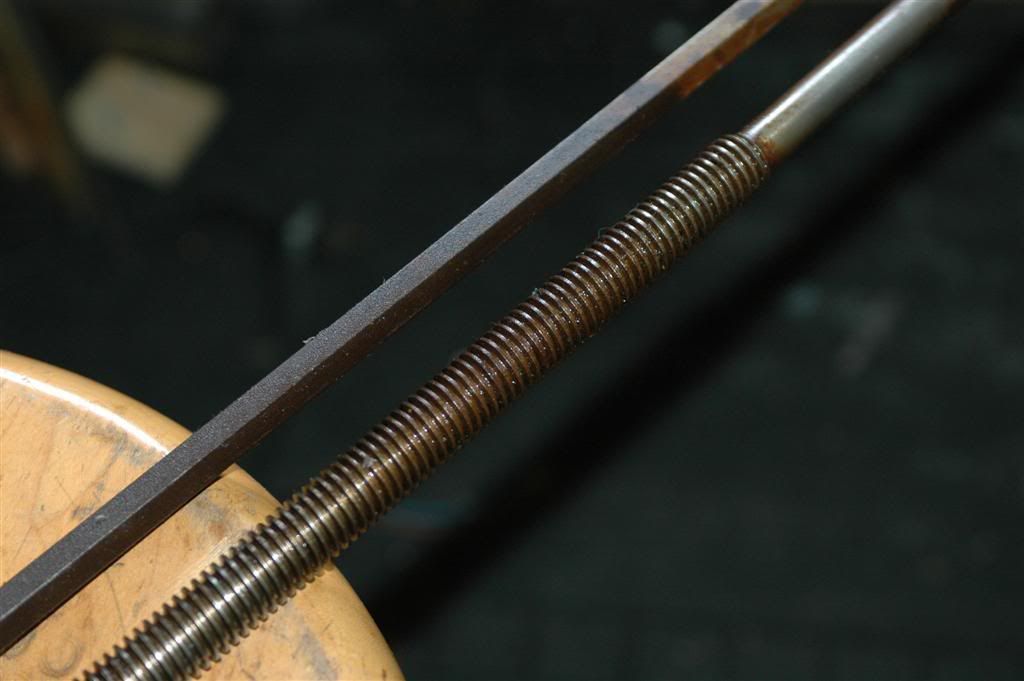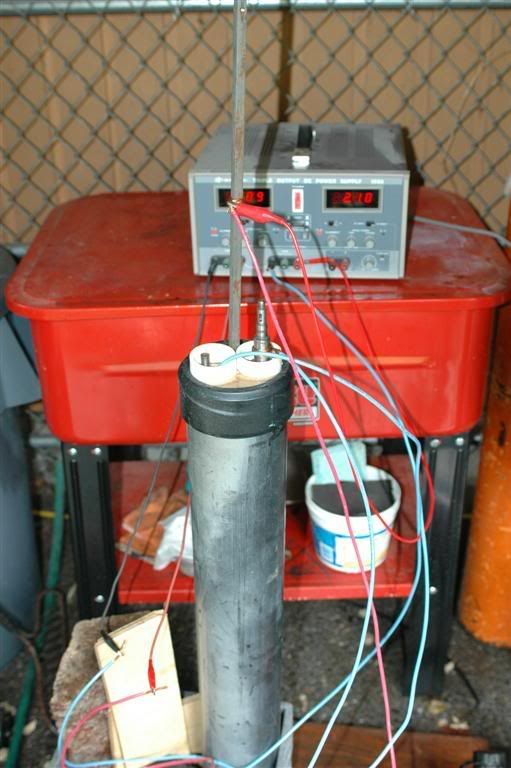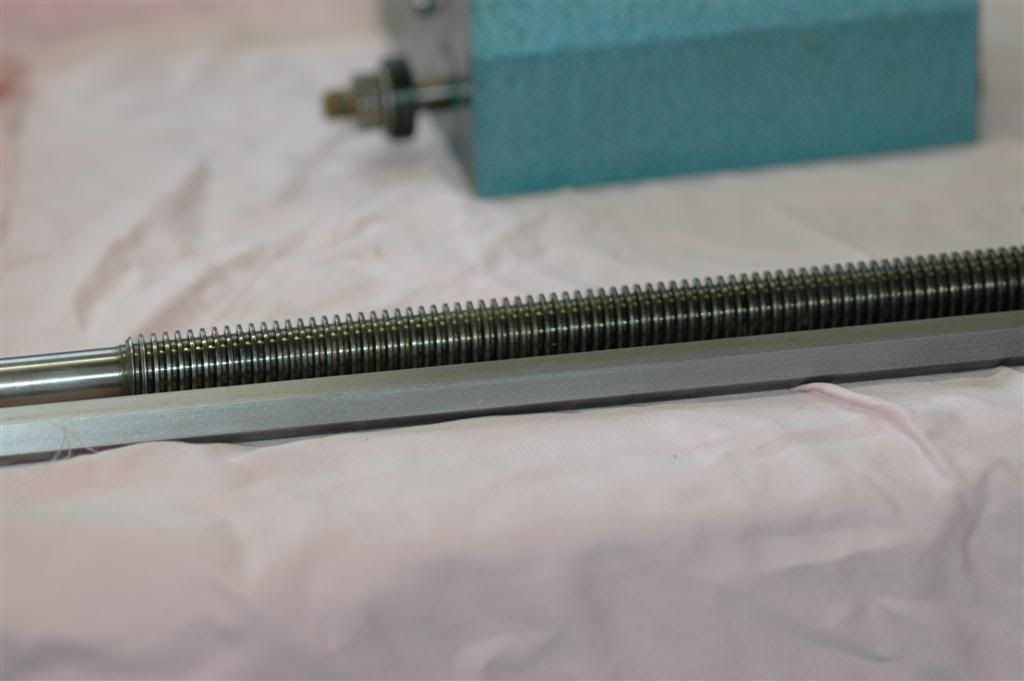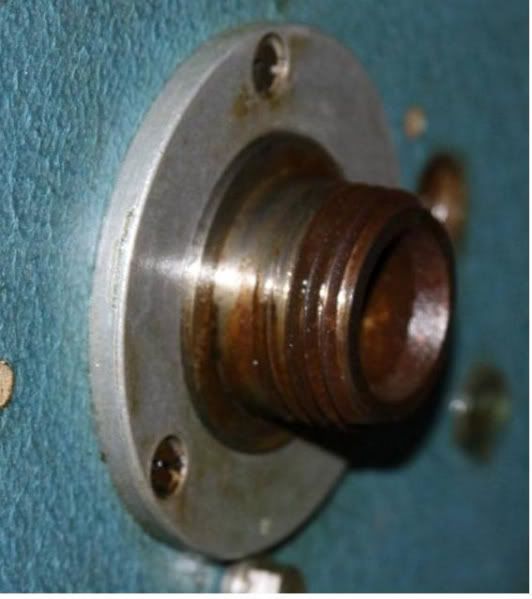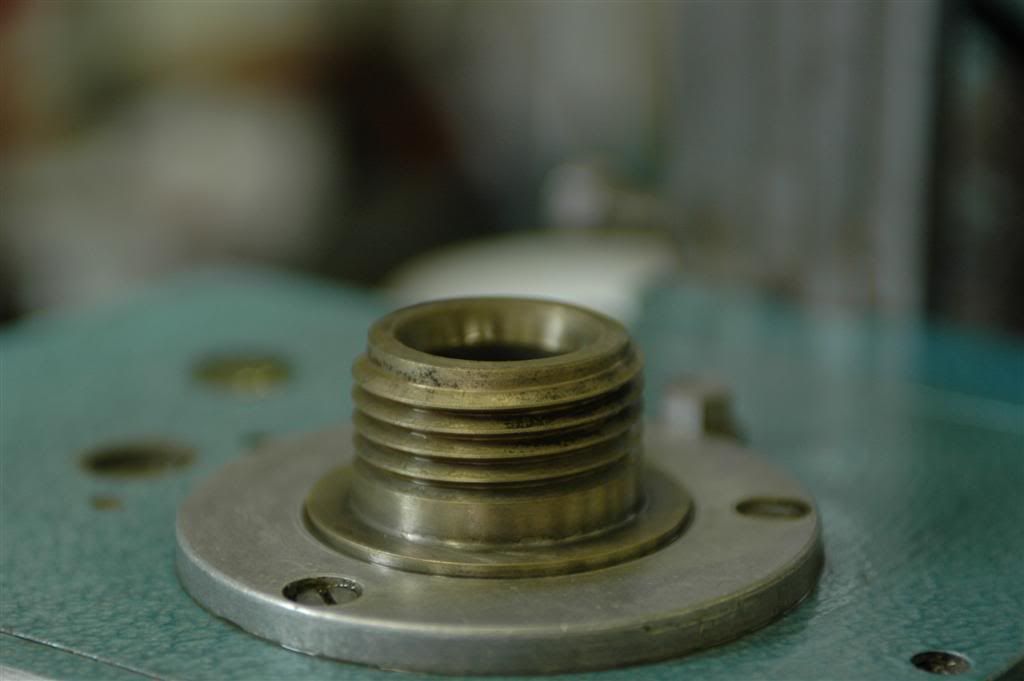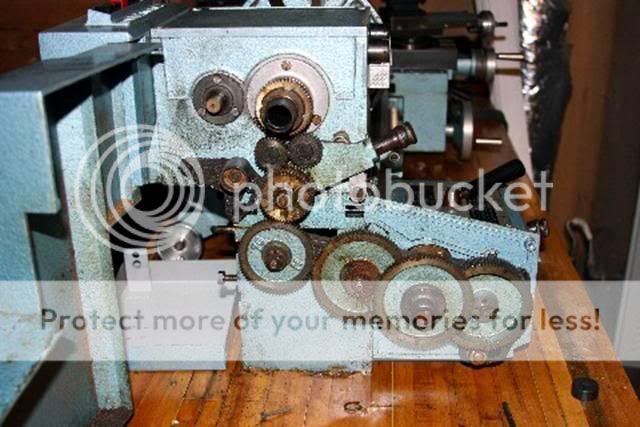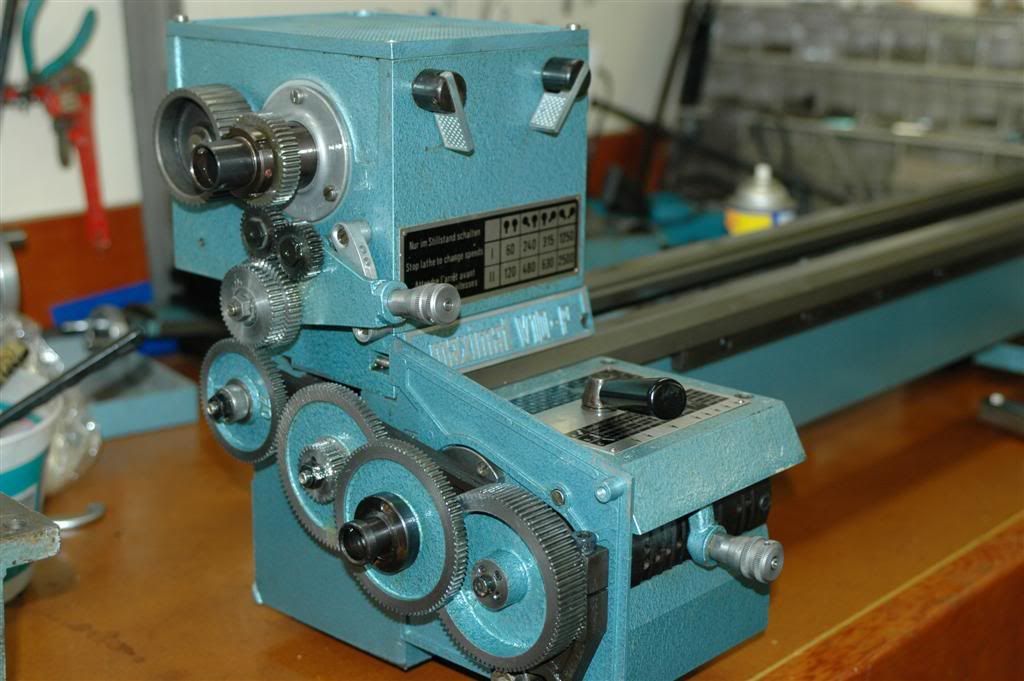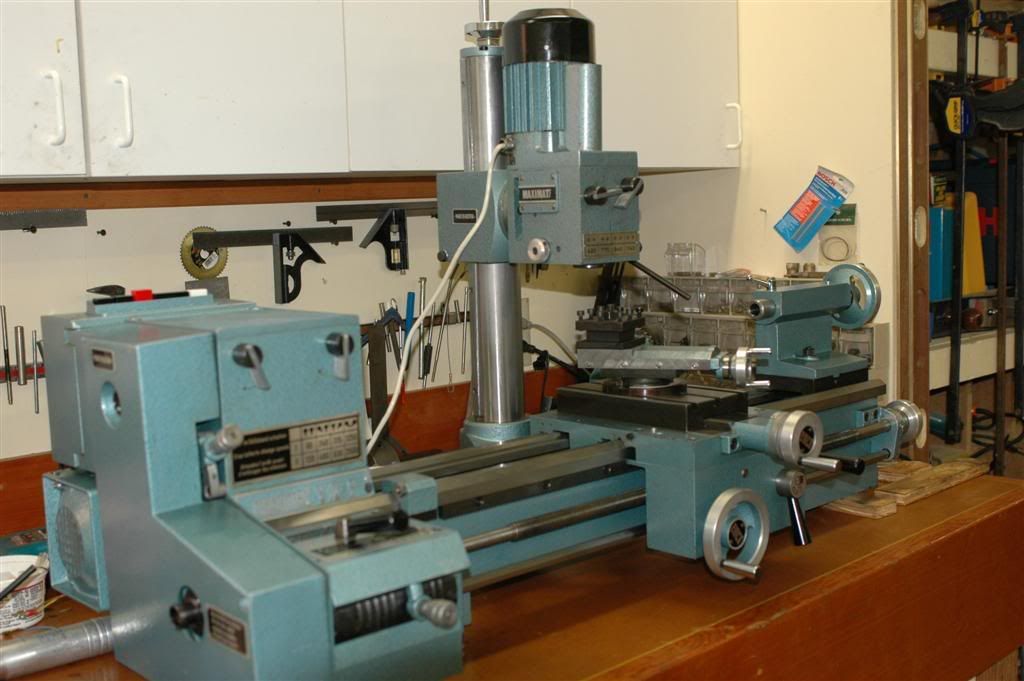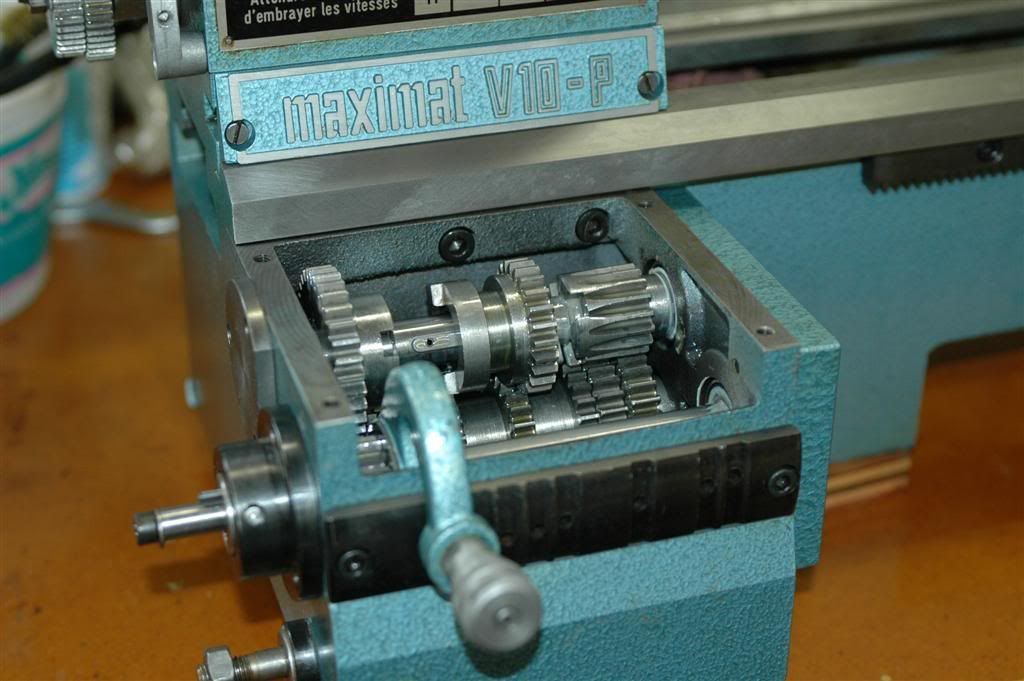This actually relates to a metal fuel tank on a Honda generator at work but many older chainsaws have steel tanks so still has relevance on this site.
This generator has not been used much and when we needed it for a job the other day the tank had a good half inch of water under the very old fuel and was as rusty as an anchor. I ended up putting 12 24mm bolts in it and rattling them around for about an hour then rubbed what I could reach of the top with emery tape. I then blasted what I could get at of the bottom of the tank with a hot water pressure washer.
At the end of this(about 2 hours) it was definitely a lot cleaner but a long way from perfect. It started with half a pull and ran fine for a whole day.
My question is what do the rest of you do when you get one of these? Is there an easier way for instance involving chemicals?
This generator has not been used much and when we needed it for a job the other day the tank had a good half inch of water under the very old fuel and was as rusty as an anchor. I ended up putting 12 24mm bolts in it and rattling them around for about an hour then rubbed what I could reach of the top with emery tape. I then blasted what I could get at of the bottom of the tank with a hot water pressure washer.
At the end of this(about 2 hours) it was definitely a lot cleaner but a long way from perfect. It started with half a pull and ran fine for a whole day.
My question is what do the rest of you do when you get one of these? Is there an easier way for instance involving chemicals?






